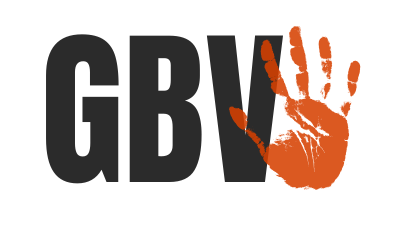India’s Election Results: Impacts on the Economy and Economic Relations with Washington
On May 23, India’s ruling Bharatiya Janata Party (BJP) expanded its mandate with a landslide victory. What do these results mean for India’s economy? Rising unemployment and economic reforms pose significant challenges, but trade is also a key flashpoint – especially with Washington. Will the U.S.-India economic relationship expand to match an already fast-growing defense partnership? Or will commercial strains affect this burgeoning strategic relationship? What impact might U.S. trade tensions with China have on its trade relations with India?
Selected Quotes
Suman Bery
“What I took away from [Modi’s] experiment with demonetization is that he does believe that India can’t progress as long as its labor force is what we call largely informal, and so he’s very keen, like China, to get people into large enterprises.”
“On the whole, Indians are reasonably happy with… where they are in the world, with the prospects for their children. Yes, there is anguish about employment, but on the typical question of ‘Do you think the country is headed the right way?’ there’s not a lot of disquiet.”
"At the end of the day, because we’re a noisy democracy, we always think, like the U.S., of ourselves as being A) exceptional, and B) about to fall off a cliff. The reality isn’t like that. That’s what the media are there to do, to make you feel that way.”
Richard Rossow
“In actual trade and investment flows, the numbers are pretty good. U.S.-India trade – and in fact, the Census Bureau in the United States just released the latest goods trade numbers – hit $92 billion in the last 12 months. That’s up 16 percent year on year and U.S. exports are up 26 percent over that time.”
“Last year’s budget, India doubled customs duties in about 50 product groups. They’ve adopted a series of local content rules across multiple industries that have impaired U.S. companies and price controls in certain sectors. So India did some of the steps that triggered this; the United States is reacting to that. But at the same time, the real numbers show that irrespective of whatever policy barriers the two countries have thrown up, companies are finding a lot of really cool opportunities to do more.”
"The fact that the Indian government, for the first time, actually wants their investment and business…that wasn’t the sense by either of the two previous Prime Ministers. So there [are] some important wins that I think Modi had. But, like I said, at the end we saw a slowdown of reforms and we saw backtracking.”
Jeremy Spaulding
“This is home – in the U.S. at least – to the largest and most diverse international population. Bringing companies into international markets is a very good strategic advantage both from partnering with government organizations to helping international professionals and entrepreneurs and businesses create a community.”
“Looking at India and the growth opportunities that lie ahead and some of the conversations that I’ve had regarding pressures on trade in varying sectors of the world…It’s not just U.S.-India relations but India’s relationships with other countries that are going to become increasingly more important in coming years.”
Seema Sirohi:
“India is a ‘major defense partner’ of the United States. It is a new terminology created just for India, because India is not an ally, in technical terms. It’s a friendly country, but it’s not an ally.”
“There will be bumps, but… as a journalist, I’ve seen bumps all along and somehow we keep moving forward. The trajectory hasn’t changed… It’s just gone from strength to strength, so who would ever imagine that India and the U.S. would ever agree on Pakistan, or on how to go about Kashmir, or that terrorism is a big issue coming out of Pakistan? And yet, we’ve now found common ground.”
Speakers

Non-resident Fellow, Bruegel (Brussels)

Founder and President, JMS Innovation & Strategy, and Senior Advisor and Program Architect, Alliance for US International Business
Moderator

Hosted By

Indo-Pacific Program
The Indo-Pacific Program promotes policy debate and intellectual discussions on US interests in the Asia-Pacific as well as political, economic, security, and social issues relating to the world’s most populous and economically dynamic region. Read more


Science and Technology Innovation Program
The Science and Technology Innovation Program (STIP) serves as the bridge between technologists, policymakers, industry, and global stakeholders. Read more


